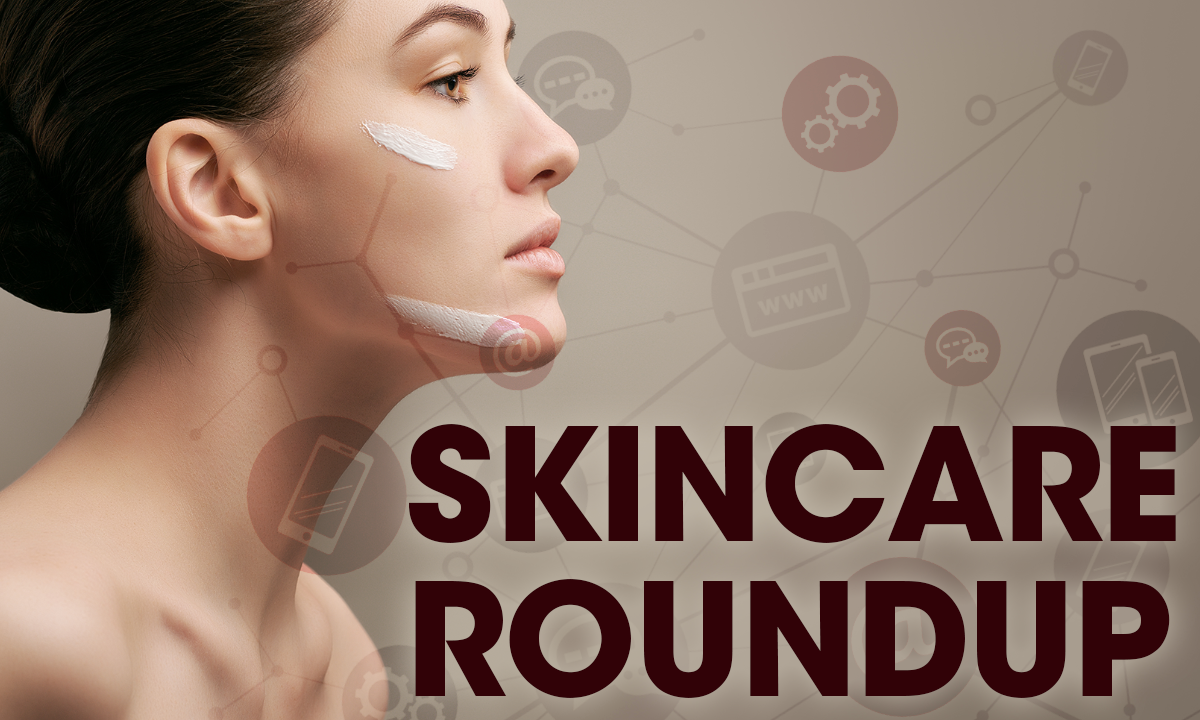- Acne
- Actinic Keratosis
- Aesthetics
- Alopecia
- Atopic Dermatitis
- Buy-and-Bill
- COVID-19
- Case-Based Roundtable
- Chronic Hand Eczema
- Chronic Spontaneous Urticaria
- Drug Watch
- Eczema
- General Dermatology
- Hidradenitis Suppurativa
- Melasma
- NP and PA
- Pediatric Dermatology
- Pigmentary Disorders
- Practice Management
- Precision Medicine and Biologics
- Prurigo Nodularis
- Psoriasis
- Psoriatic Arthritis
- Rare Disease
- Rosacea
- Skin Cancer
- Vitiligo
- Wound Care
Publication
Article
Dermatology Times
Combination Foam May Benefit Patients of Color
Author(s):
Study findings show calcipotriene-betamethasone foam to be safe and moderately effective in skin of color patients with psoriasis but failed to meet several secondary endpoints and to demonstrate statistically significant changes.
Treating skin of color patients with psoriasis with combination calcipotriene and betamethasone dipropionate (Cal/BD) foam (Enstilar Foam; Leo Pharma Inc) appears to be safe and modestly efficacious, according to recently released study results.1
This investigator-initiated study looked at a topical that is already approved for psoriasis to see response in psoriasis patients with Fitzpatrick skin types IV to VI.
“There is paucity of data on efficacy of topicals for psoriasis in skin of color,” said study author Saakshi Khattri, MD, director of the Center for Connective Tissue Diseases at the Icahn School of Medicine at Mount Sinai in New York, New York. “We know that [approximately] 1.9% of African American and about 1.6% of Hispanic adults between ages 20 and 59 [years] have psoriasis or are affected by psoriasis. But it is thought that the prevalence of psoriasis in darker phototypes might be higher than estimated.”
One possible explanation, Khattri said, is that psoriasis can be harder to diagnose in skin of color. Lesions typically appear on white skin as red, flaky patches and plaques, but they might be darker and harder to distinguish on darker skin types.
The randomized, doubled blind, vehicle-controlled study included 25 psoriasis patients with Fitzpatrick skin types IV to VI who self-identified as non-White, were at least aged 18 years at the time of screening, and had at least mild, chronic plaque-type psoriasis, Khattri said.
Participants were randomized 4:1 to treatment with Cal/BD foam (applied to lesions once daily) or a vehicle. All patients then received Cal/BD foam during an open-label period of 4 weeks. The primary end point was the number of patients at week 4 who experienced treatment success according to Investigator’s Global Assessment (IGA) of the body, including the scalp (IGA of clear [0] or almost clear [1] for patients with ≥ moderate disease at baseline or IGA of clear [0] for patients with mild disease at baseline).1
Secondary end points included achieving targeted Psoriasis Area and Severity Index (PASI) scores at 4 and 8 weeks and evaluating the degree of erythema versus hyperpigmentation, as well as the effect of Cal/BD foam on postinflammatory hyperpigmentation.
“Overall, it was well tolerated. There were no serious adverse events,” Khattri said. “Fourteen minor adverse events were noted in the treatment arm; 1 in the placebo group. All were deemed by investigators to be mild. In terms of what adverse events were noted, there was erythema, edema, dryness, [and] some burning and stinging sensation.”
The investigators observed greater treatment efficacy in patients treated with Cal/BD foam compared with those treated with placebo at weeks 2 and 4.
“However, statistically significant differences between groups for the primary and secondary end points of this study were not met,” Khattri said. “The exception was achieving PASI 50 at week 4, when 12 of 19, or 63%, of patients using [Cal/BD] foam achieved [a 50% reduction on the PASI] compared to 0 of 5, or 0%, of vehicle patients. There are multiple limitations to this study. The sample size was small and underpowered to detect statistically significant changes in most end points.”
Khattri noted that dermatologists can use Cal/BD foam, which is also approved for long-term use, alone to treat psoriasis or as an adjunct to other treatments, including systemic medications, in patients with moderate-to-severe disease. Not all insurance policies cover the foam, but Khattri said her practice has been able to secure coverage for it when they intervene on patients’ behalf.
Disclosure:
Khattri consults for and receives an honorarium from Eli Lilly and Company, The Janssen Pharmaceutical Companies of Johnson & Johnson, Novartis, Ichnos Sciences, UCB, and Pfizer Inc. She does research for Novartis and Pfizer Inc.
Reference:
1. Enstilar Foam in the treatment of chronic plaque psoriasis in patients with skin of color. ClinicalTrials.gov. Updated March 1, 2021. Accessed March 12, 2021. https://clinicaltrials.gov/ct2/show/NCT03506477

Newsletter
Like what you’re reading? Subscribe to Dermatology Times for weekly updates on therapies, innovations, and real-world practice tips.






















